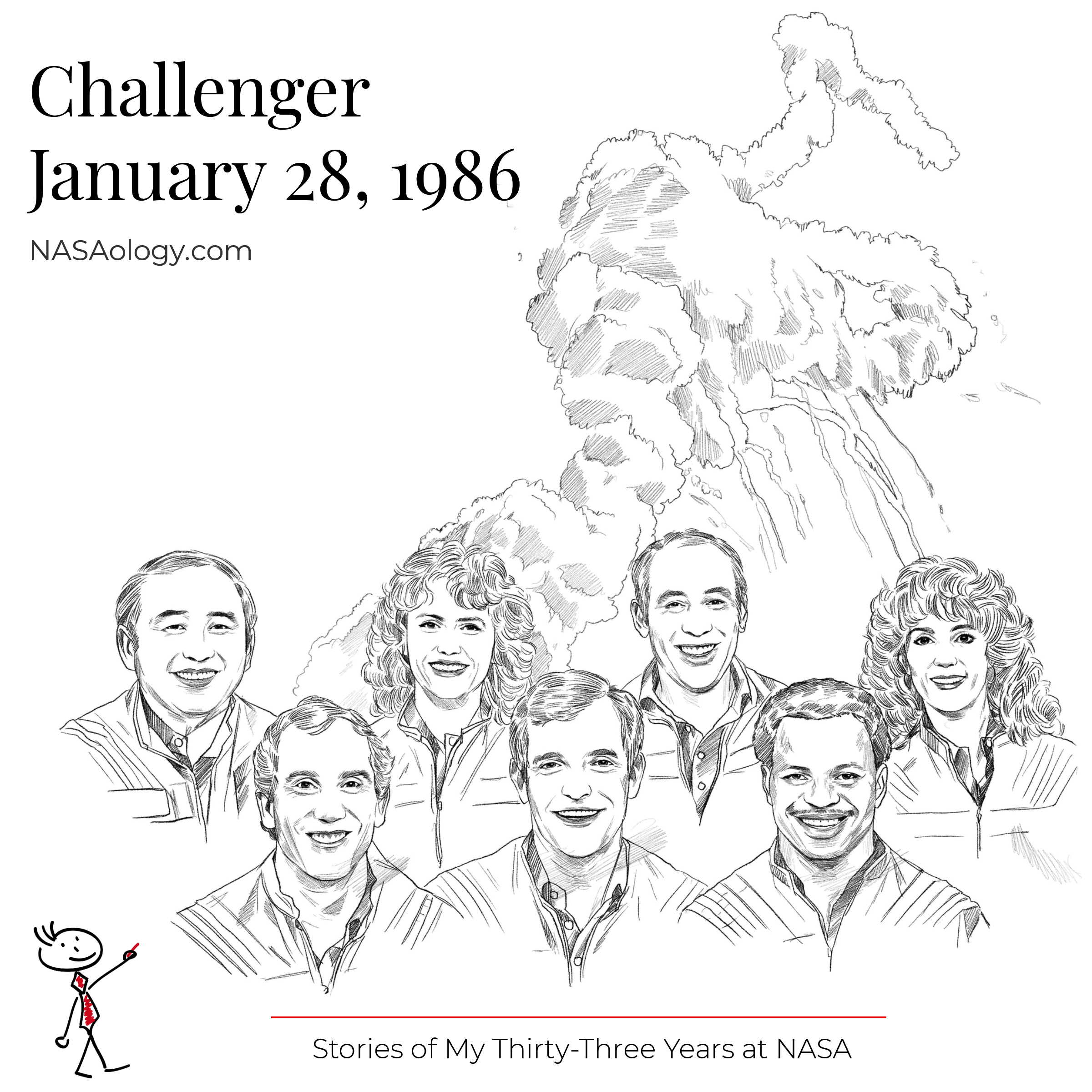
F. Richard Scobee, Michael J. Smith, Ronald McNair, Ellison Onizuka, Judith Resnik, Gregory Jarvis, and Christa McAuliffe
It was January 28, 1986, and I was in the Auburn University Student Center. A group of about thirty of us were gathered around a large tubed television watching the Shuttle Challenger countdown.
Everything looked normal. It didn’t stay that way for long.
A minute or so after liftoff, something went horribly wrong. There was a blast, and pieces started going in all different directions. I’ll never forget that pit in my stomach.
I immediately said a silent prayer for the astronauts onboard.
Everyone who wasn’t already watching started gathering to see what had happened. Before long, the area was jam-packed with students. Some were emotional. Others were quiet. Everyone was in shock.
None of us wanted to admit what had happened. Announcers kept repeating that there had been an “anomaly.” It looked worse than that to me.
I tried to imagine a scenario where the crew could have survived, but I knew in the back of my mind they were gone. It was surreal. It was unimaginable. It was real.
At that moment, for the first time since I’d declared my major as Mechanical Engineering, I knew I wanted to work for NASA—whatever it took, period. The clarity felt comforting.
Before the Challenger accident, Shuttle launches seemed like a sure thing. This day served as a hard reminder that spaceflight is never a sure thing. Unfortunately, it wouldn’t be our last reminder on the Shuttle program.
More tomorrow.
—David
* This article originally appeared on LinkedIn as part of the “Make NASA Great” series.
David Mixson writes about Old Space and New Space. He worked as an engineer at NASA for more than thirty years and is the author of three books.
NASAology Notices
Exclusive content. Delivered weekly.
We hate SPAM.
Unsubscribe any time.

